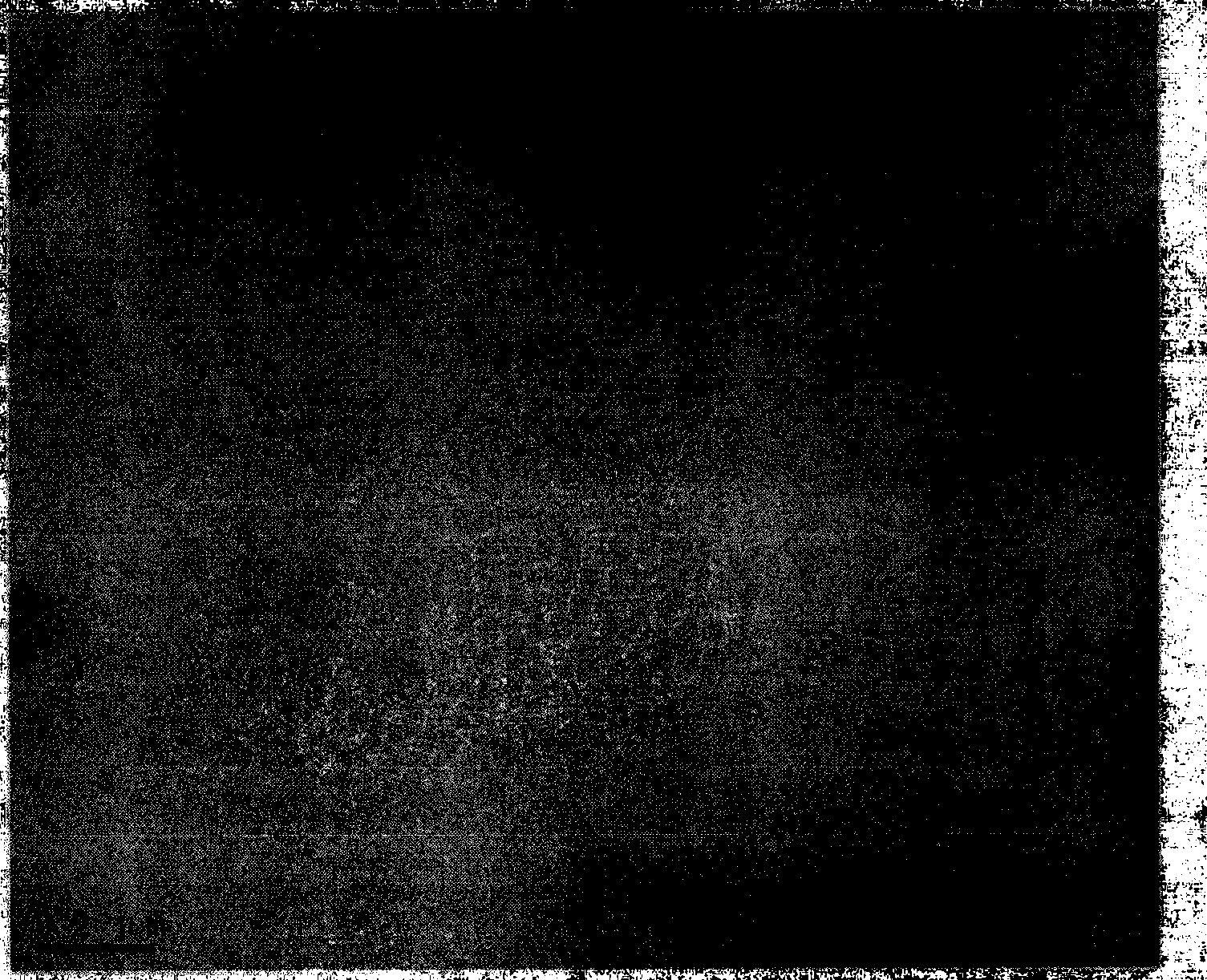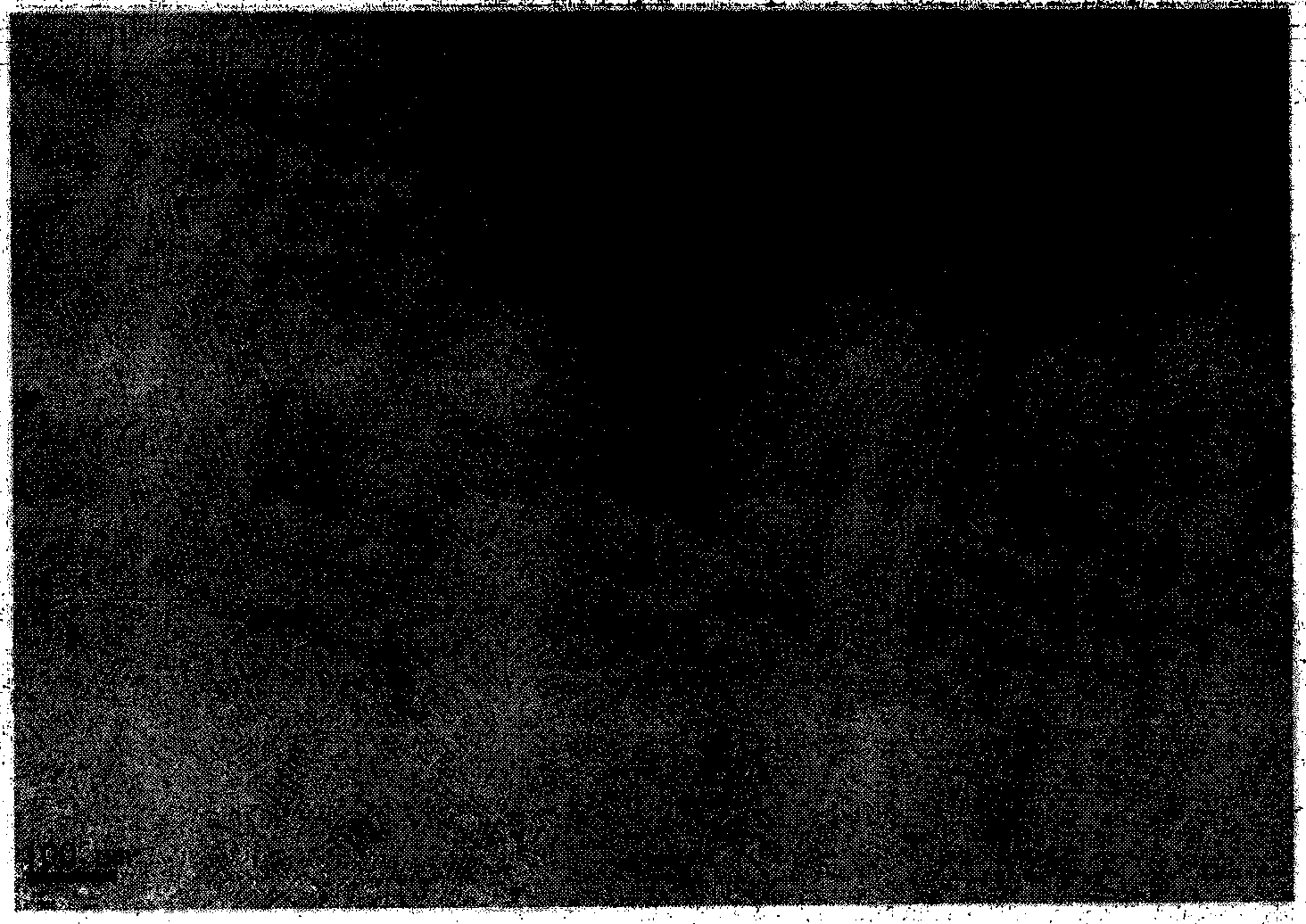Method for preparing monolayer self-assembling structure of nanorods
A nanorod and self-assembly technology, applied in nanotechnology, nanotechnology, nanotechnology for materials and surface science, etc., can solve problems such as limiting the application of nanocrystalline materials, complicated preparation steps, and hindering carrier charge transport , to achieve good application and development prospects, simple process effect
- Summary
- Abstract
- Description
- Claims
- Application Information
AI Technical Summary
Problems solved by technology
Method used
Image
Examples
Embodiment Construction
[0021] The implementation of the present invention will be described in detail below in conjunction with the accompanying drawings: this implementation is implemented under the premise of the technical solution of the present invention, and is used to illustrate the present invention, and detailed implementation methods and specific operating procedures have been provided, but the present invention The scope of protection is not limited to the implementations described below.
[0022] M in the described embodiment is mol / L.
[0023] In the present invention, the CdSe@CdS nanorods are synthesized by seed growth method, and the specific synthesis steps are as follows;
[0024] Synthesis and solubility configuration of CdSe seeds: 3.0 grams of TOPO, 0.28 grams of ODPA and 0.06 grams of cadmium oxide were filled in a 50 ml three-neck flask, heated under vacuum and 150 °C for 1 hour, and the solution was heated at 320 °C Heat to completely dissolve the cadmium oxide until it becom...
PUM
| Property | Measurement | Unit |
|---|---|---|
| length | aaaaa | aaaaa |
Abstract
Description
Claims
Application Information
 Login to View More
Login to View More - R&D
- Intellectual Property
- Life Sciences
- Materials
- Tech Scout
- Unparalleled Data Quality
- Higher Quality Content
- 60% Fewer Hallucinations
Browse by: Latest US Patents, China's latest patents, Technical Efficacy Thesaurus, Application Domain, Technology Topic, Popular Technical Reports.
© 2025 PatSnap. All rights reserved.Legal|Privacy policy|Modern Slavery Act Transparency Statement|Sitemap|About US| Contact US: help@patsnap.com


